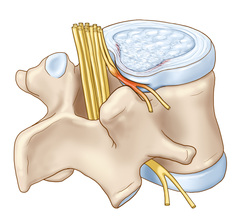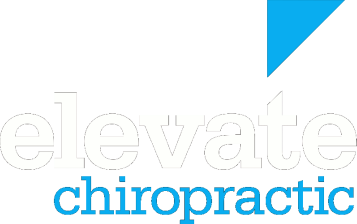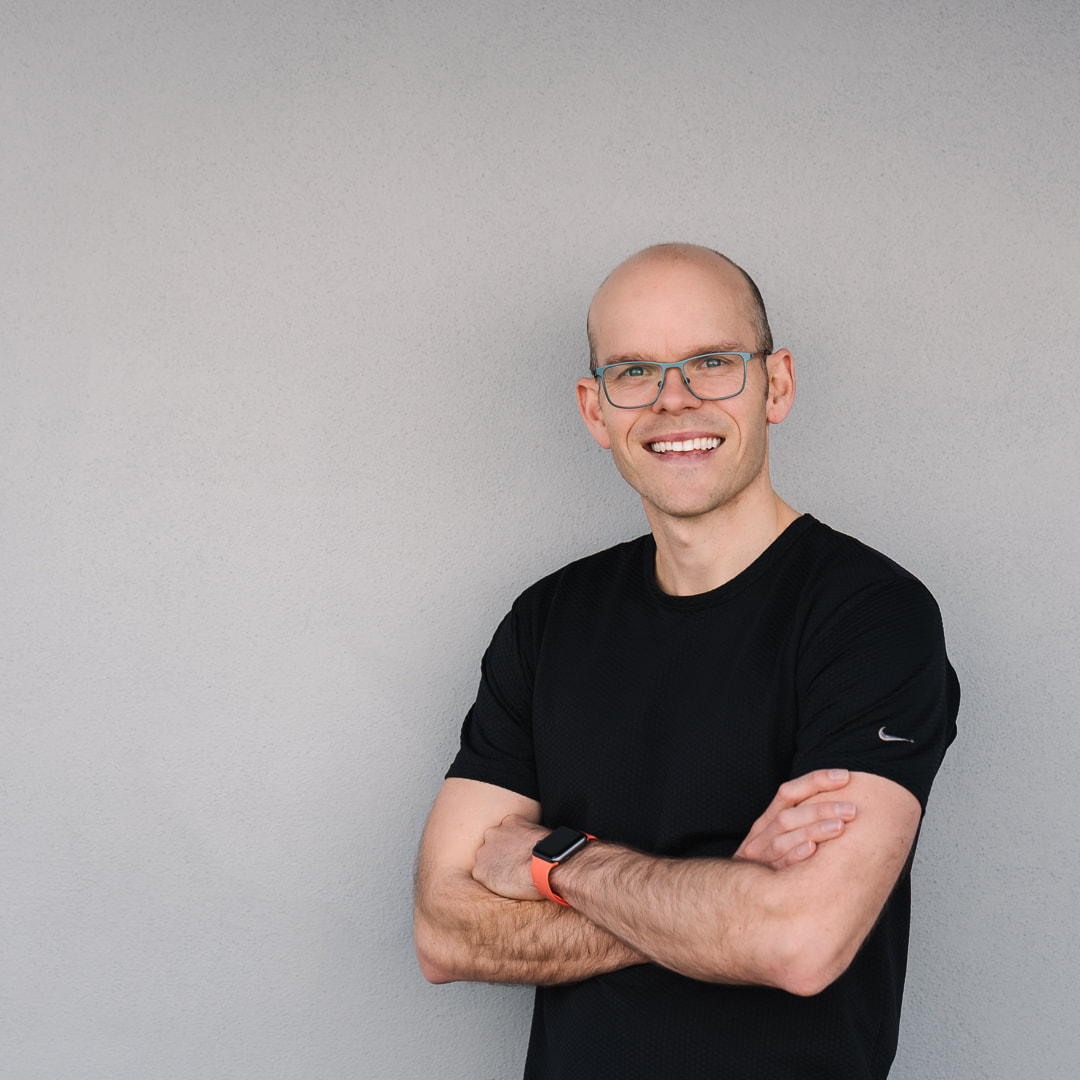
With consistent lumbar hinging or flexing of the lower back, the inner layers of the Annulus become compromised and the nucleus then starts to work its way towards the outside of the disc. The important thing to know here is that the inner part of the disc does not have nerve supply so these early problems do not cause pain or discomfort.
As the nucleus moves towards the edge of the disc it can create a bulge in the disc. As there are no nerves in the inner disc, this does not hurt. However, in the outer 1/3 of the disc there are nociceptive neurons (nerves that transmit pain). As the nucleus works its way outwards, through poor moving and lumbar flexion/hinging, to the outer 1/3 of the disc, these pain nerves get stimulated. The outcome of this is that the poor movement that was previously not painful, now begins to ache and cause pain. Repeated poor movement results in sensitization of the nociceptors and the release of nerve growth factor (NGF) causing the growth of these pain nerves into the previously nerve free parts of the disc. The effect of this is that it soon takes less and less movement to create the pain.
These poor movement habits will also start to affect the muscles in the lower back. In particular, the extensor muscles of the lumbar spine will have to work harder to help bear the stress of the poor bending. A frank strain in these muscles can cause acute pain in the area. More chronic pain from trigger points in the muscles can develop as they have to work harder than they would do normally due to poor movements in the area. Some researchers suggest that these trigger points represent a phasic muscle (a muscle that does not normally fire all the time) being forced to work as a stabilisation muscle (a muscle that is firing regularly). Simply put, these extensor muscles in the lower back are having to work hard to manage upright posture and to protect the spinal column, which is a job they are not normally supposed to be doing.
So if you are having similar problems to those described above, how can you stop it? Is there a solution? Surgery is one possible solution, but in my opinion, should always be the last choice after you have tried the other non-invasive options. As a chiropractor with an interest in rehabilitation, this is how I would approach it:
- The first step is to assess and correct any structural/joint issues that could be causing pain or dysfunction. This would be done through appropriate chiropractic care. You need a good foundation from which you can then build on.
- Secondly, you need to evaluate your movement patterns and things you are doing that could be aggravating the problem. When I see a person in the clinic, I go through various ways of avoiding aggravating the back during normal daily activities and also assess their general movement and then give advice and exercises required improve it.
- Finally, you need to strengthen the area to help reduce the risk of future problems and flare ups. This would be achieved through appropriate stability exercises and activities.
Chronic problems are not always a quick fix, but there could be a natural solution. If you are suffering from acute or chronic lower back pain and would like an assessment. Please contact me and we can arrange a time for an assessment and start you on your road to recovery. If you have any questions, please feel free to ask.
I am here to help.
References:
C. Liebenson, Rehabilitation of the spine, A practitioners Manual, 2nd edition, 2007
Rehab2performance.com
Myrehabexercsie.com



 RSS Feed
RSS Feed


